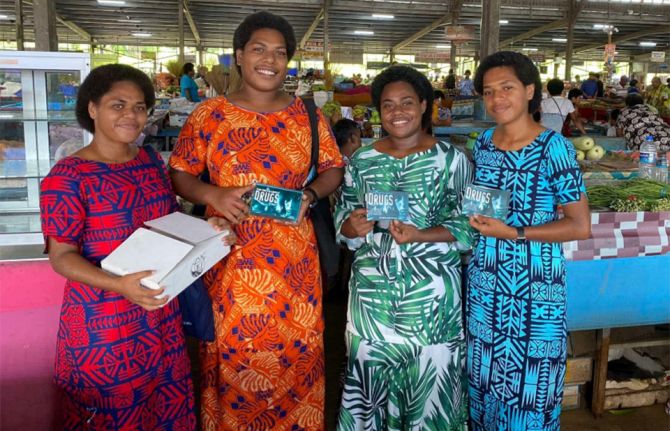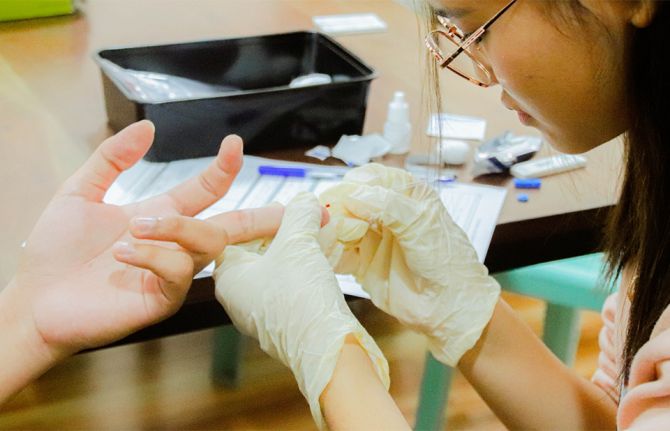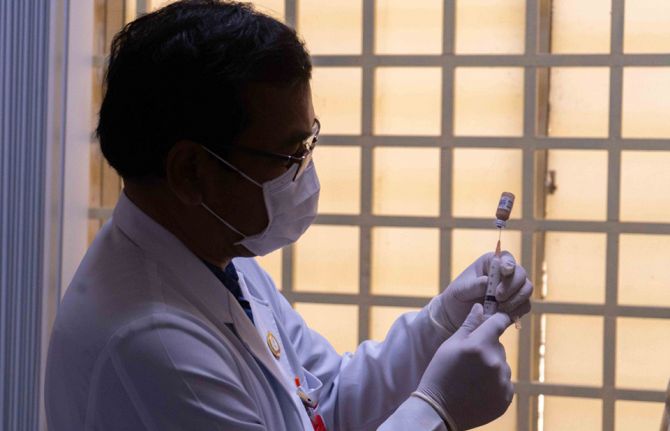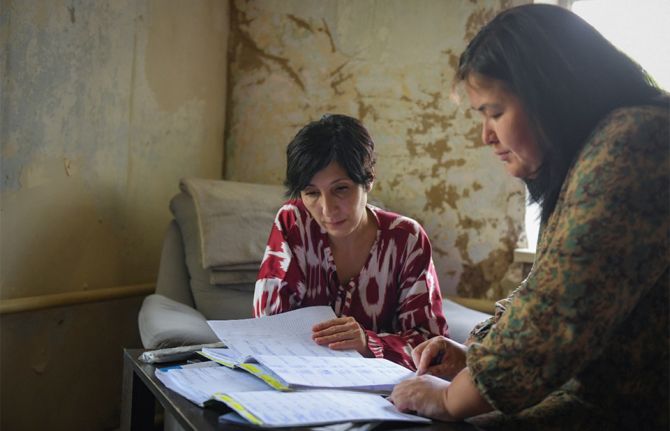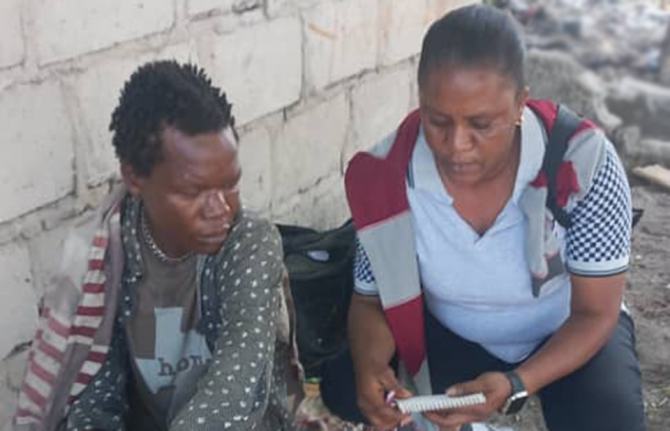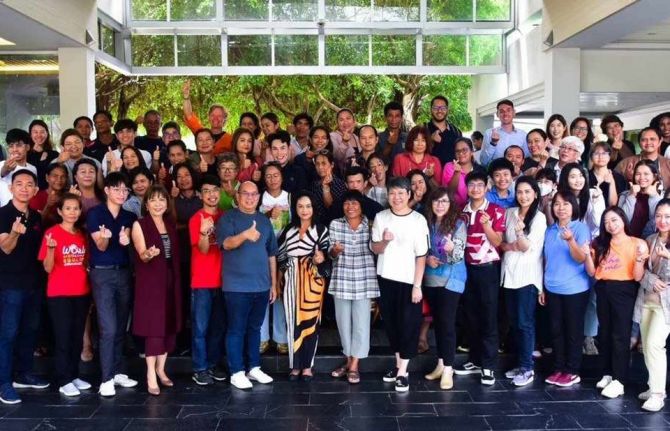Documents
HIV on the rise among injecting drug users in Pakistan
Despite having an HIV prevalence of less than 0.1% among its general population, Pakistan’s HIV epidemic has transitioned from low to a concentrated one as the prevalence among IDUs has steadily increased from 10.8% in 2005 to nearly 21% in 2008.

